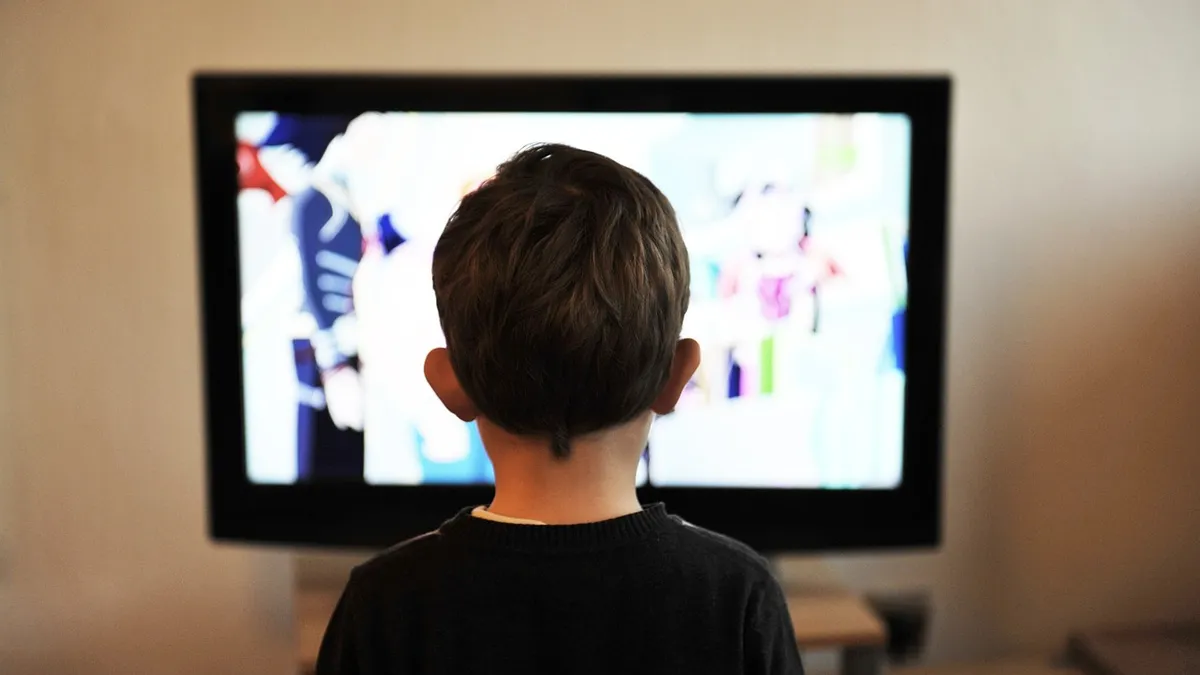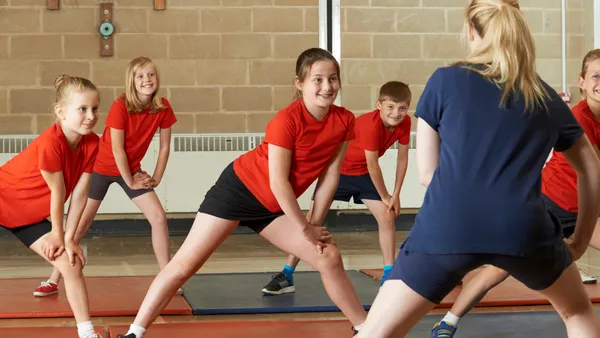Dive Brief:
- Los Angeles Unified School District is partnering with PBS SoCal and KCET to provide educational content to students both on-air and online in an effort to give all students access to educational materials regardless of broadband access. Three local public media channels will broadcast educational programming for students in grades pre-K through 12.
- “We want to continue to provide the best possible education for our students, even in the event of a significant number of school closures for an extended period of time,” said Los Angeles Unified Superintendent Austin Beutner in a statement. “So we asked PBS to work with us with a simple goal: We know what good looks like, let’s find a way to share it with our students.”
- The programming on the three channels will include PBS SoCal 5 a.m. to 5 p.m. for pre-K to 2nd grade, KLCS-TV with content for grades 3-12 from 6 a.m. to 6 p.m. and KCET with programming for grades 9-12.
Dive Insight:
The initiative was launched when Beutner, worried about the lack of access some students have to online learning resources, reached out to PBS in Washington, D.C., KCET and PBS SoCal. He asked the stations to work with an instructional team at LAUSD to come up with standards-based instructional content that includes rigorous lesson plans. The teachers will be trained on how to utilize the PBS LearningMedia, a national resource that offers content to support educational assignments.
Oklahoma’s public broadcasting station OETA announced that it, too, will offer educational material weekdays as a way to provide content for those students who may not have access to the internet. A similar program is also being launched in Ohio. There, PBS will broadcast educational content that complements teachers’ efforts to maintain stability and continuity for students.
Some teachers are creating their own content, which local stations are broadcasting. Preschool teacher Kalpana Sharma created a 30-minute lesson for her preschool students, as well as for any other student with access to the station. Content broadcast over the airwaves bridges the equity gap because students can access the programming even without internet access.
Though the efforts are well-intentioned, advocacy groups say these lessons aren’t enough to serve those students who are not digitally connected. It also doesn’t address the needs of students with disabilities, who are at a particular disadvantage in now-remote learning environments.












